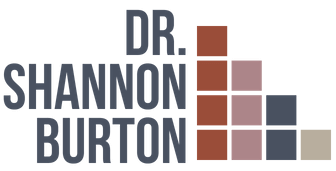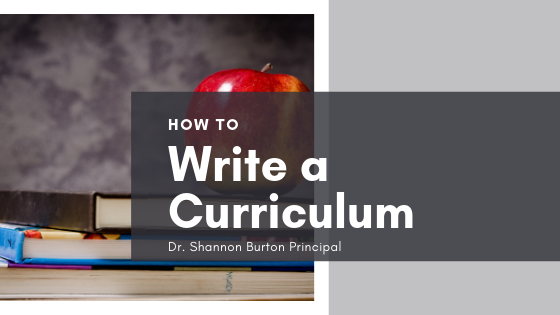Any education professional who has sat in on a curriculum writing team meeting knows that this part of teaching isn’t for the faint of heart. Writing a curriculum has a lot of moving parts, and everyone has their own opinions on what should and should not be included. But how do you write a curriculum that works for both students and the subject being taught? The following tips will help make sure you are writing the best curriculum for your students to succeed in their futures.
Determine Your Vision
Understanding what needs to be achieved with the curriculum you are writing is crucial. When starting, it is best to think with the end in mind, which is the step most teachers skip. Skipping this step can lead to lessons being disjointed and can put gaps in students education. Take the time to figure out what you want the curriculum to look like, and how you want it to flow from one topic to the next. While some teachers prefer a scripted curriculum, others prefer something that is more free-flowing. Your curriculum will also depend on what has been outlined by the school for specific lessons.
Outline Overarching Topics
Once you have the basic design and the intention of your curriculum, it is time to select overarching topics. Some standards, like common core, are already broken into topics, but you can create a basic outline to see which topics will be overarching. You also want to look for topics that will provide flexibility within the context of your curriculum.
Review of Current Curriculum
It is important to review the current curriculum before completely getting rid of it and starting over. There is often something that can be repurposed and used in the new curriculum. If you keep anything, you need to figure out what topic it falls under and how you can naturally weave it into the new curriculum. If it fits in, it will also need to be brought up to standard and match any requirements put into place by the district.
Write Lessons to Provide Comprehensive Learning Experiences
Once your topics are outlined and you’ve reviewed the current curriculum, you can start writing your lesson plans. Make sure your lessons are engaging for the students and offer a variety of teaching strategies that will meet the needs of a classroom of diverse learners. Make sure you also include transitions within the lessons so that it is sequenced appropriately throughout. The lesson should also clearly explain the standards and relate to overarching topics where needed.
There are a variety of ways to design a new curriculum, and ultimately, you know what will work for your classroom.

